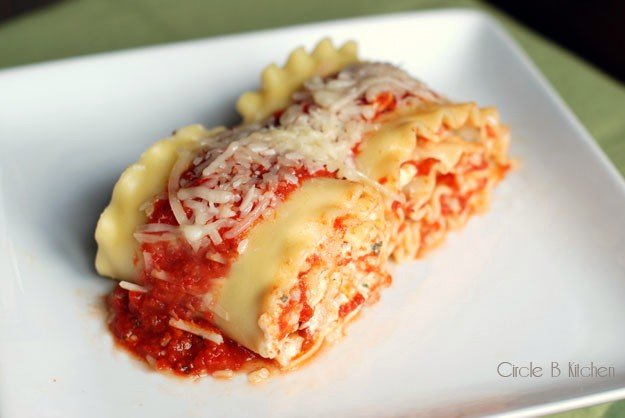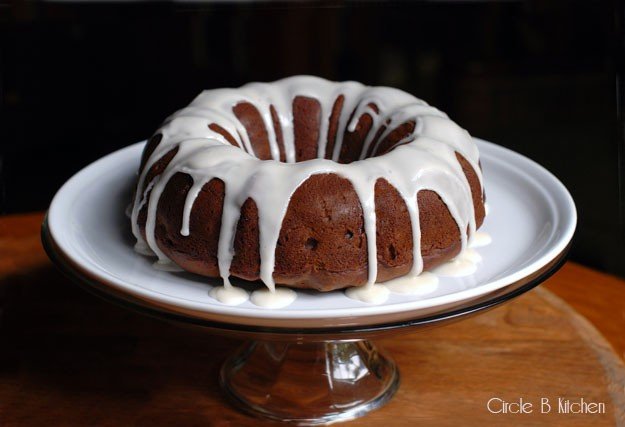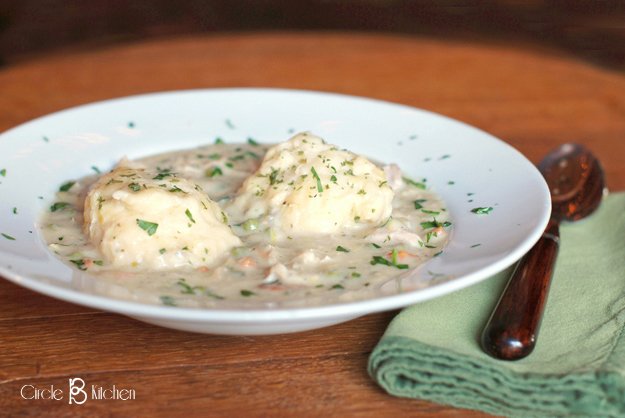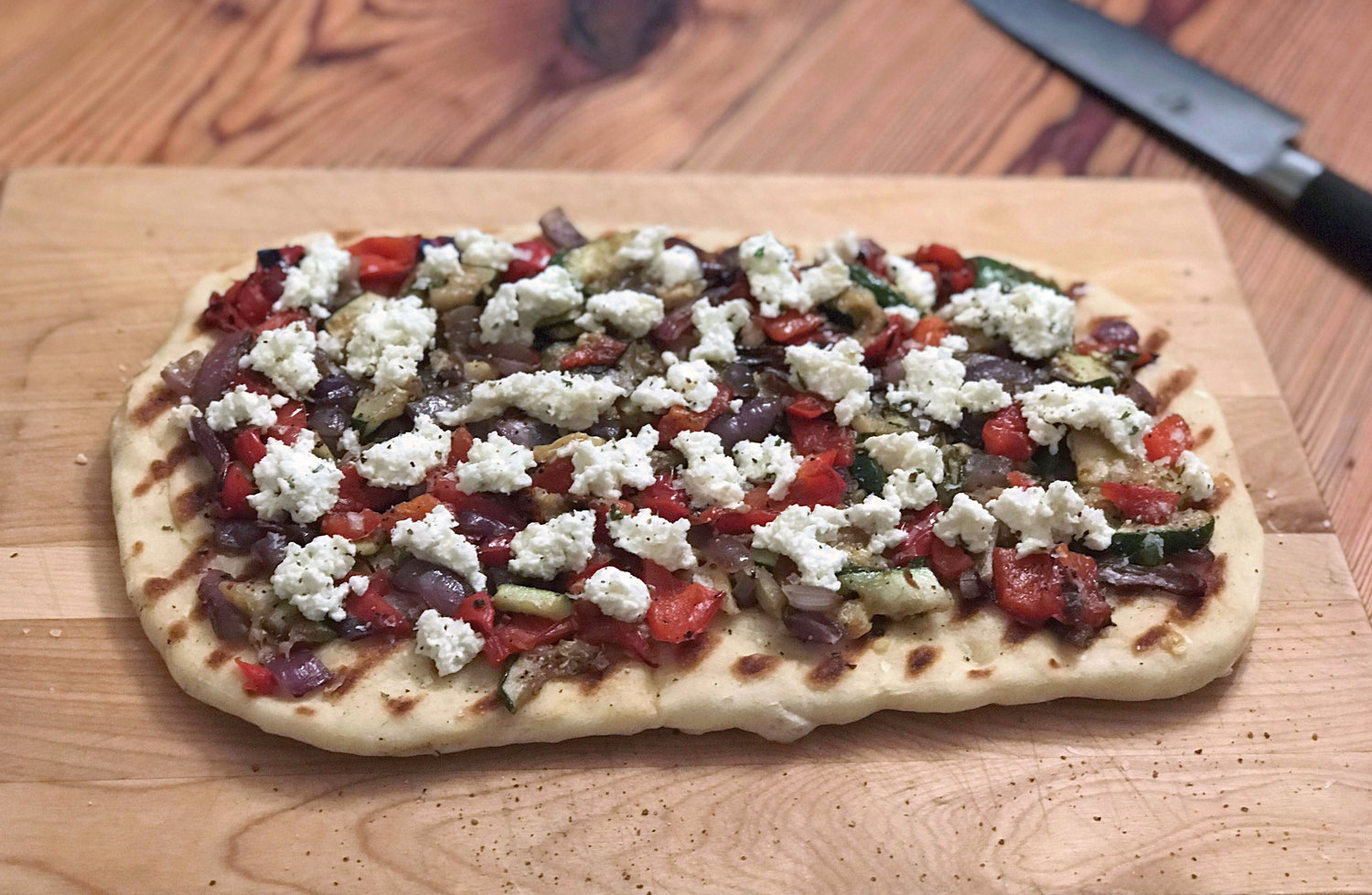Pasta Primavera
/Although we're rounding the corner from spring to summer, we're still in celebratory spring mode here. Beginning around May 15th, our neck of the woods is mind-blowingly beautiful. Actually, celebrating spring is a fairly new phenomenon in my life. And by fairly new I mean the last 8 to 10 years or so. Did you know that the longer you live, the more the word "recent" changes meaning? Yes, I'm actually old enough now to consider the last 8-10 years as recent. Be that as it may, growing up in Southern California meant that spring was more of a date on the calendar than a real life experience. Sometimes the change from winter to spring was almost imperceptible. Not to say it wasn't a nice time of year, just not all that different from the "seasons" before and after, and not something we really noticed out loud.
But then about 10 years ago, with our move to the Midwest, spring took on a very real, very charismatic personality. The sub arctic temps and brown/gray color scheme of winter suddenly exploded into overwhelming shades of spring green and an intense lushness that literally blew my mind and continues to do so. But not literally. That would be gross.
All that to say, spring is, indeed, a celebratory event in these parts. And sometimes I like to mark the occasion by buying bushels of fresh, spring veggies and then scrambling to keep them from rotting in the fridge before I can get them used up. So when I came across this recipe from Kenji Lopez-Alt over at Serious Eats, I knew I had found not only a perfect way to celebrate spring (it's PASTA!!) but also a way to use up the veggie overstock threatening imminent decomposition (which included asparagus, sugar snap peas, broccoli and zucchini).
The bad news is that it's a Kenji Lopez-Alt recipe. Which means you must get out your inch-thick spectacles and set aside a couple of hours just to read the recipe. I love how his mind works and the way he can truly test the heck out of 31 different methods and ingredients before settling on the most perfect version of a dish that he can come up with.
And the good news is that it's a Kenji Lopez-Alt recipe. Which means you can pretty much trust that it's going to work and deliver exactly what you're hoping for, as it did in this case. What an absolutely beautiful bowl of pasta primavera. It really was everything I had hoped it would be. That didn't preclude my need to make a couple of changes or distill the recipe down to its essentials so that you would actually try it. I did both of those things, and yet you will amazingly still arrive at the table with what I believe is everything that pasta primavera was meant to be... light, fresh, and still just a little bit indulgent. In other words, perfect.
The recipe really does make a lot. I think it would easily feed 4 very hungry people and 6 who are on their best behavior. We put a pretty good dent in it, but then got to enjoy the leftovers with some barbecued chicken (Circle B Kitchen-style). Simply delish. Here's the recipe...
Pasta Primavera
(Springtime Pasta)
Click here for a printable recipe
This is a Kenji Lopez-Alt recipe, which if you're familiar with his work, then you know that his recipes can be, shall we say, wordy? Complicated? But no matter, as usual, it was delicious. I have streamlined his scientific verbiage and made the recipe a little more user-friendly, I think, without sacrificing the flavors or the spirit of the original. If you'd like to see the original recipe, just click on the link below.
Recipe Adapted from Serious Eats
4 cups of veggies (like asparagus, broccoli, broccolini, snap peas, fava beans, snow peas, English peas, zucchini, etc)
4 tablespoons butter
2 tablespoons extra virgin olive oil, plus more for serving
2 whole cloves garlic, lightly smashed with the side of a knife
3 ounces pine nuts
l lb pasta (fresh or dried - I used cavatappi)
6 oz creme fraiche
2 oz soft goat cheese
2 teaspoons finely grated zest and 1 teaspoon fresh juice from 1 lemon
1/2 cup minced fresh basil leaves
1/2 cup minced fresh parsley leaves
Freshly grated Parmigiano-Reggiano, to taste
Freshly ground black pepper
1. Cut the vegetables into 1 to 2-inch pieces. If using asparagus and snap peas, cut them on the diagonal. You can slice broccoli and broccolini into small florets and zucchini into half moons.
2. Bring a large pot of salted water to a boil and prepare an ice bath. Blanche the vegetables in the boiling water for 1 minute, and using a spider or other strainer, transfer to the ice bath to cool, then transfer to a paper towel–lined tray and pat dry. Empty pot, refill it with fresh water, season generously with salt, and return to a boil.
3. Meanwhile, place the pine nuts in a large (12-inch) skillet over medium high heat. Toast the pine nuts, stirring often until they are a deep golden brown. Remove from the pan and reserve.
4. In the same skillet, heat butter, olive oil, garlic, over low heat until gently sizzling. Cook, swirling pan constantly, until the garlic aroma is very strong. Do not let butter brown; remove it from heat occasionally if it starts to sizzle too rapidly. When the garlic has taken on a little color, discard it and add the blanched vegetables to pan and toss to combine. Remove from heat.
5. When water is boiling, add pasta and cook until just shy of al dente. Drain pasta, reserving 1 cup cooking liquid. Transfer pasta to pan with vegetables and add the goat cheese and crème fraîche, lemon zest, lemon juice, basil, and parsley. Set over high heat and cook, stirring and tossing constantly and adjusting the consistency as necessary with a few splashes of the starchy pasta water, until liquid reduces to a creamy sauce. The sauce should coat the pasta and leave a creamy trail on the bottom of the pan when you drag a wooden spoon through it.
6. Off heat, stir in a generous shaving (or grating) of fresh Parmigiano-Reggiano and season to taste with salt and pepper. Serve immediately, drizzling with olive oil and sprinkling with freshly ground black pepper and grated Parmigiano-Reggiano at the table.





















